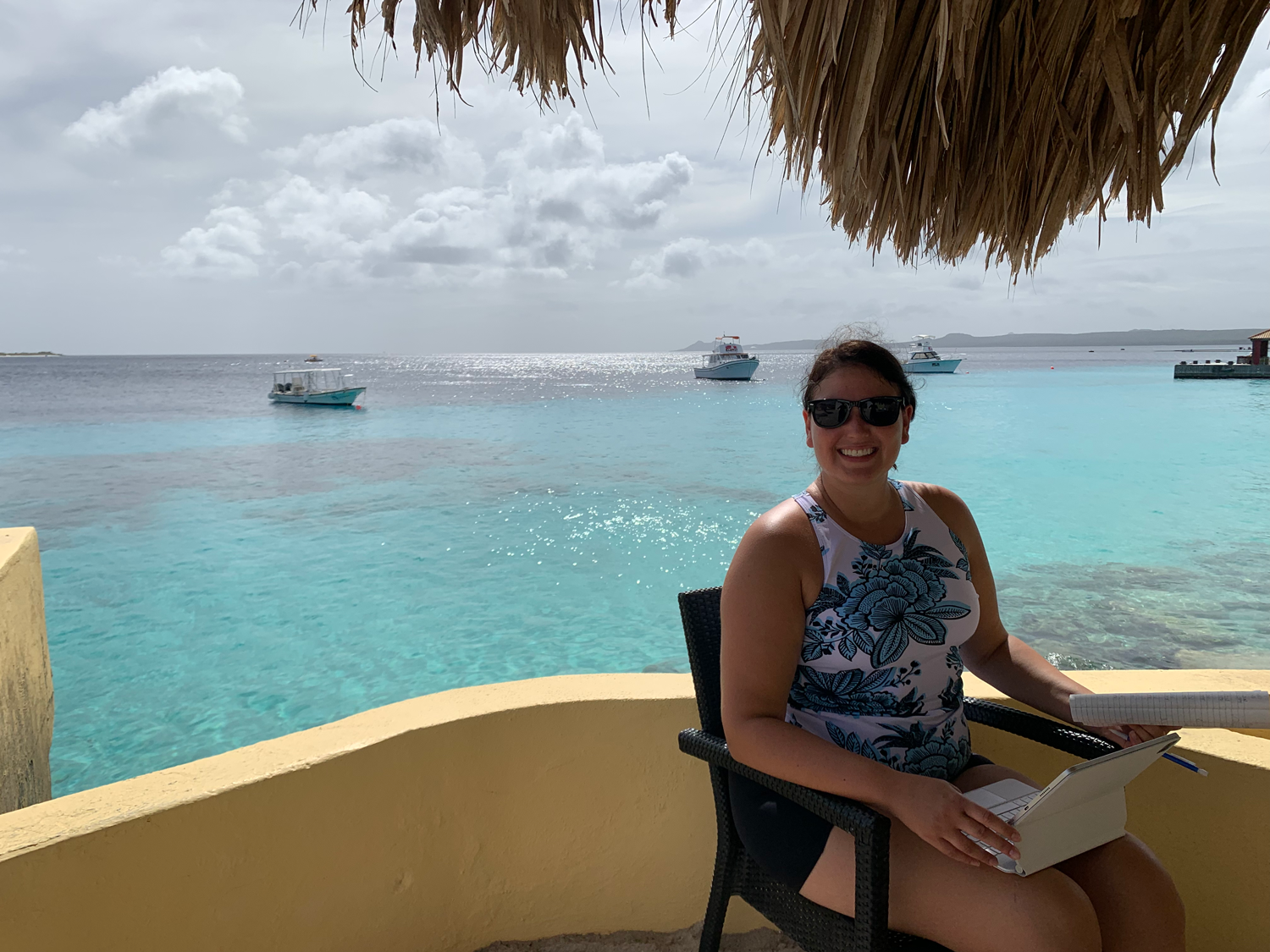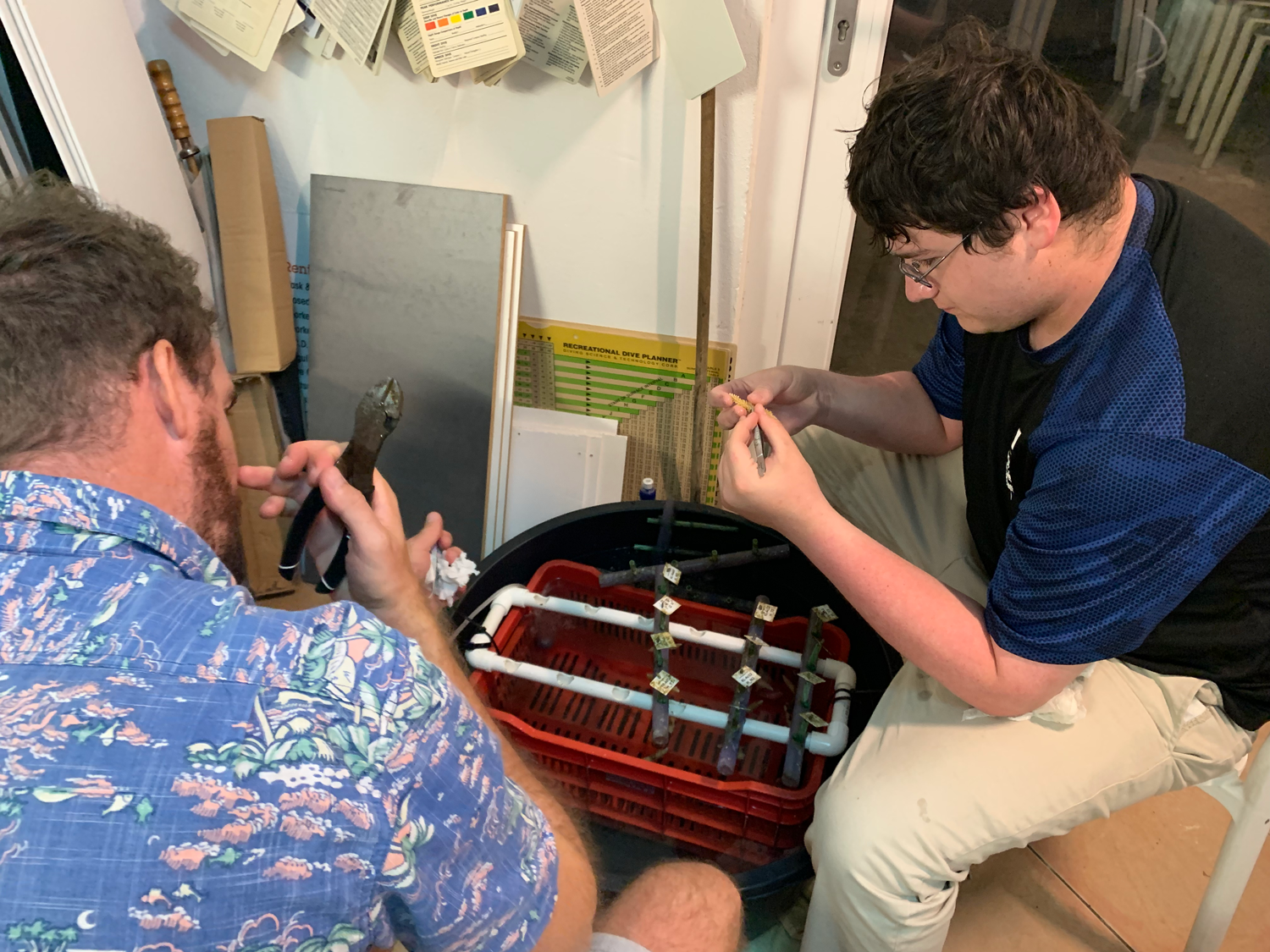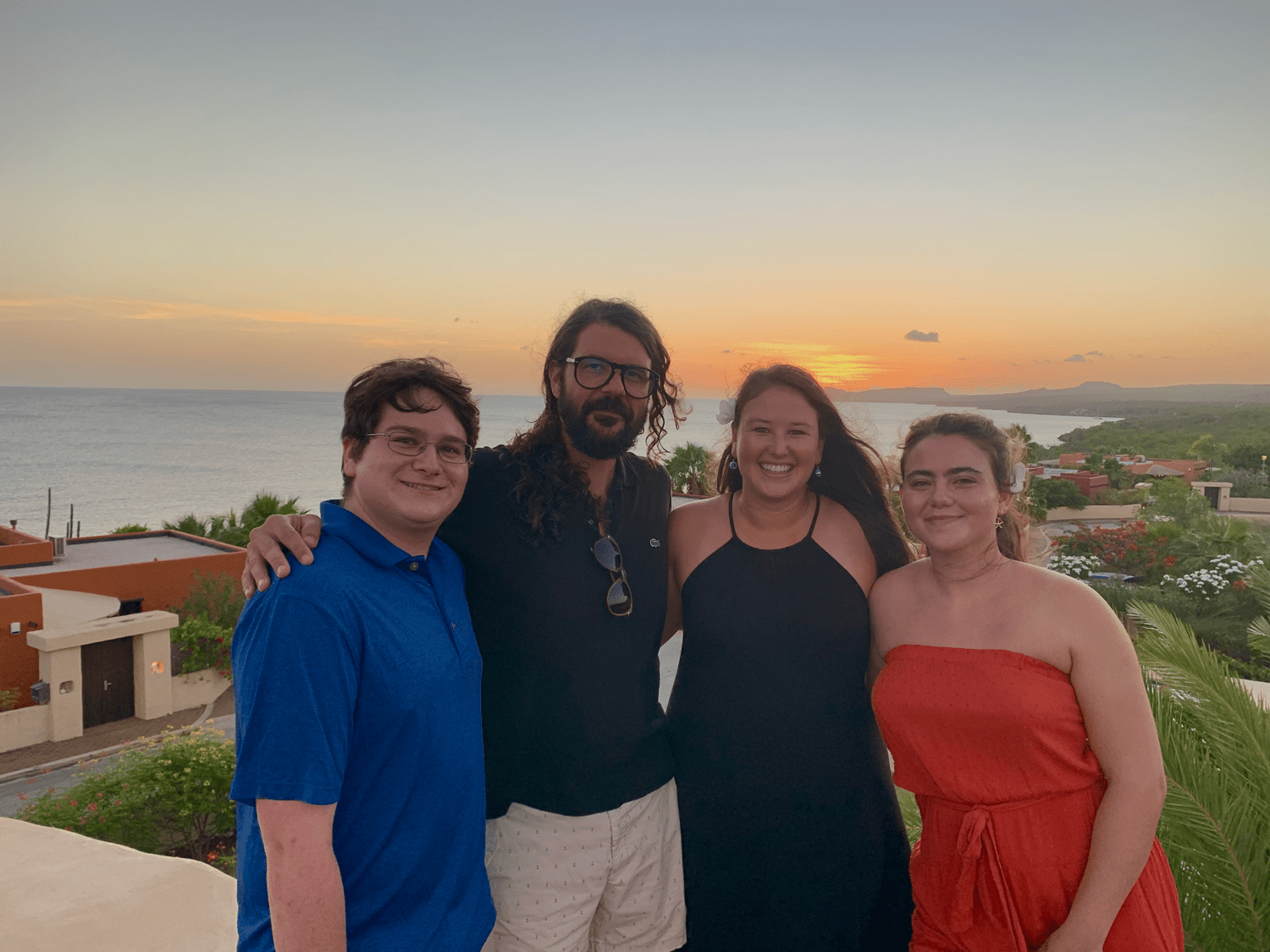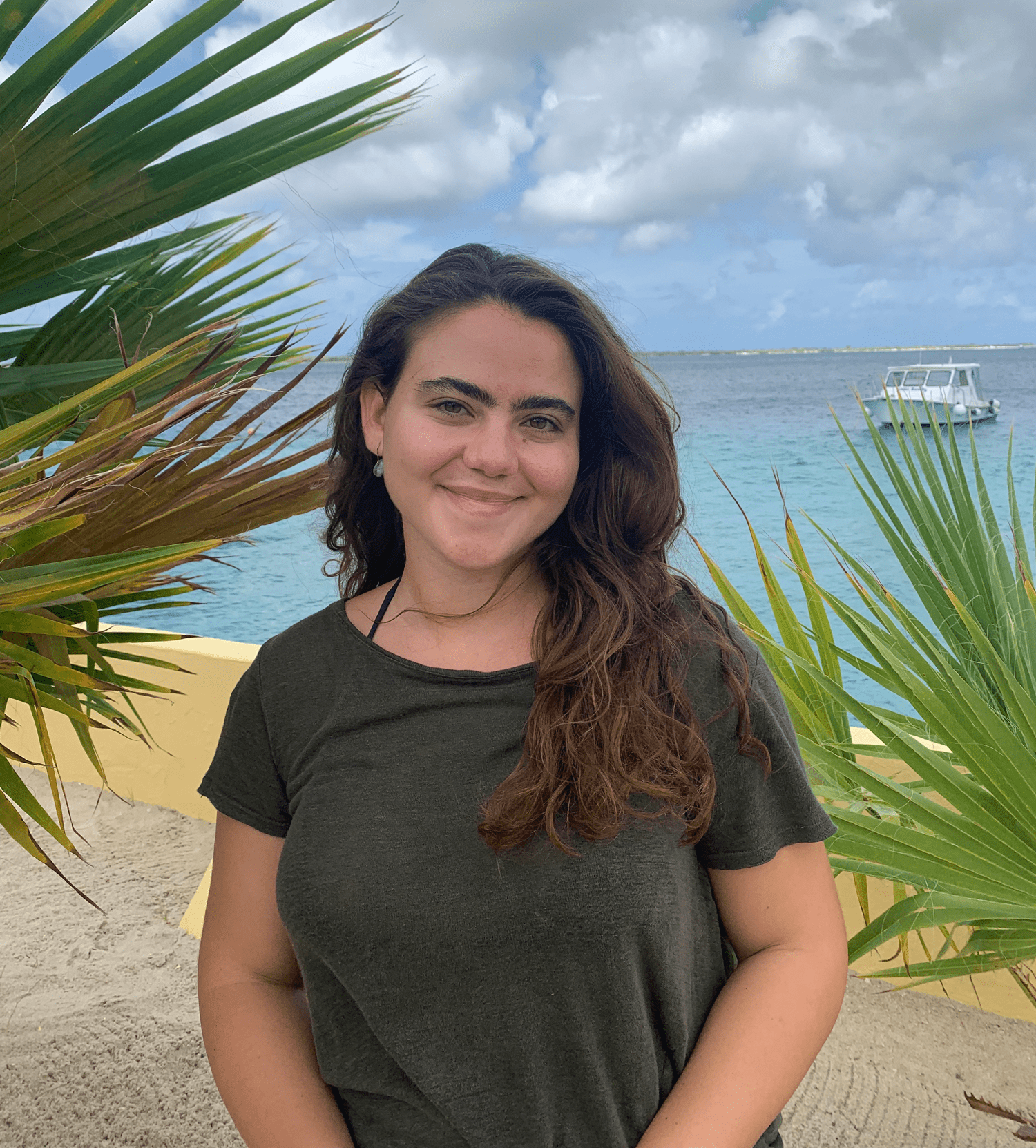RRFB Coral Memory: Reciprocal Transplant

Environmental memory offers a promising source of hope for coral conservation, especially as coral stress hardening treatments could be incorporated into coral restoration practices. For example, placing corals in relatively stressful coral nursery sites could help prepare corals for future stress exposures experienced after outplanting or with the changing climate.
To explore coral environmental memory within the context of coral restoration, Serena has recently conducted a reciprocal transplant of over 300 corals between two of her study sites on Bonaire, Caribbean Netherlands. These two sites were selected based on data collected during her initial study that showed differences in the performance of corals of the same genotype (or genetic clones) living at different Reef Renewal Foundation Bonaire nurseries. Following the transplant, Serena will be able to directly compare coral clones with different environmental histories (“native” vs “transplants”) and see if the differences in performance are maintained over time (indicative of environmental memory).
The day of the transplant began with a beautiful blue sky and the light breeze that is fairly constant on Bonaire. The plan involved a full day of diving to move the “transplant” corals and also expose the “native” corals to the same mild stress involved with transport. However, immediately after the first dive, the wind began to increase and the sky darkened as an uncharacteristic rainstorm quickly moved in. Yet, with some quick thinking by the boat captain and perseverance by the EELab/Reef Renewal team, all corals were successfully transplanted to their respective sites with the “natives” returned to their original site and the “transplants” moved to the opposite site.
Serena and two EELab undergraduate students, Wendy Páez and Zach Howard, are currently staying on Bonaire to monitor the corals 1 week, 2 weeks, and 1 month after the transplant to see if there is a lasting effect of the different environment conditions that corals previously experienced in the two nursery sites. The team is collecting coral samples for the analysis of physiological performance metrics and gene expression and also photographing each coral to quantify growth rates. At each time point, they are also assessing differences in the thermal tolerance of native and transplant corals using the same temporary aquaria system constructed during the previous trip. In addition to the metrics of coral bleaching that were evaluated during the previous heat stress experiments, the team has also added measurements with the DIVING-PAM that will provide even more insights into the thermal tolerance of these corals (and also helps pass the time during the 18-hour experiments). Serena is excited to analyze these samples and explore the influence of environmental history within different nursery sites on coral performance and stress tolerance.
During such a long trip, the team has also had a chance to explore some of Bonaire’s other attractions including healthy thickets of Acropora cervicornis, or staghorn corals, as well as the Donkey Sanctuary!
This work has been made possible by support from Reef Renewal Foundation Bonaire, FIU CREST-CAChE, FIU Institute of Environment, the Judith Evans Parker Travel Scholarship, The Lerner-Gray Fund for Marine Research, and the Iberostar Wave of Change Rebuilding Coral Reefs Scholarship.




Bottom Time with Wendy Páez
Wendy Páez is an undergraduate student at FIU majoring in biology (B.S.) with a certificate in Latin American and Caribbean studies.
How did you become interested in the biology of corals?
My interest in coral biology was first sparked when I was just learning to snorkel. As a little kid, seeing all these new underwater ecosystems felt surreal. And as I got older I began to learn just how diverse and essential corals are to these sensitive ecosystems and learning more about them everyday has been fascinating.
What was your favorite part about joining the research trip to Bonaire?
My favorite part of joining this research trip to Bonaire was finally getting to experience real fieldwork. Seeing the origin of all the samples back in the lab was the highlight of all the valuable lessons learned on this trip.
How will your involvement in this project impact your future scientific development?
Involvement in this project has opened my eyes to all the possible directions I can take in future projects and goals in my scientific career. As well as building stronger knowledge on the marine ecosystem I hope to be researching further in my career.
What are your suggestions to other undergraduate students considering a career in marine biology?
A career in Marine Biology can take you in a million different directions and it’s ok to take your time in figuring out what direction is right for you.

”Involvement in this project has opened my eyes to all the possible directions I can take in future projects and goals in my scientific career.







